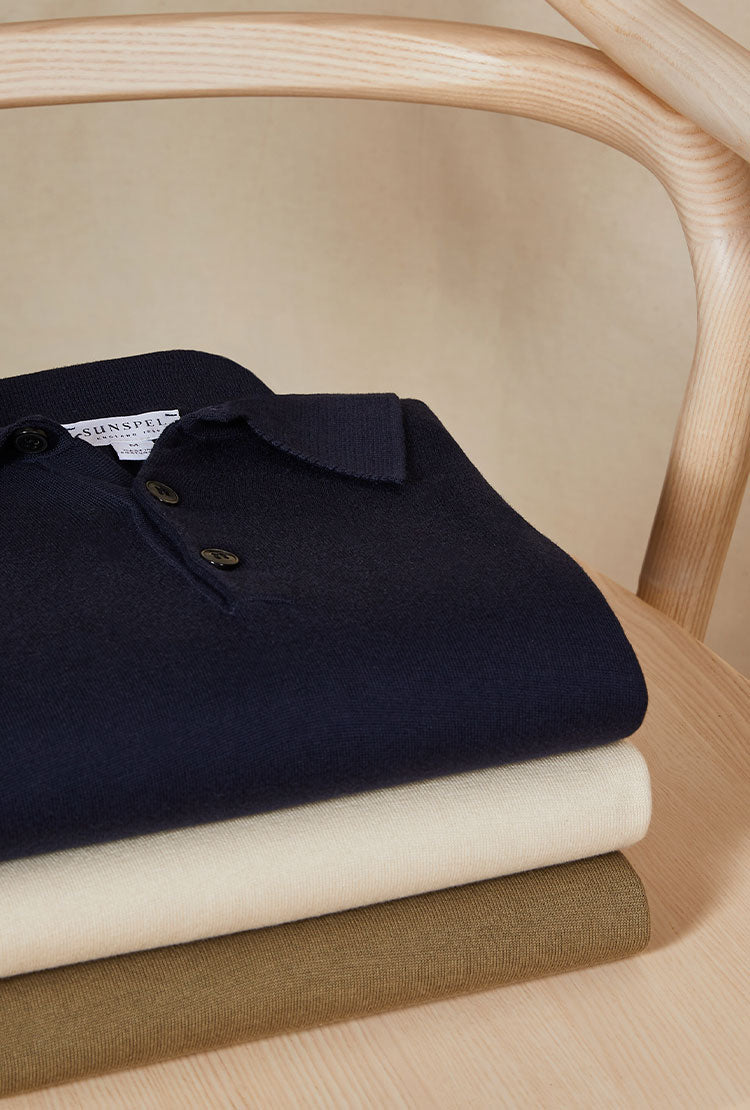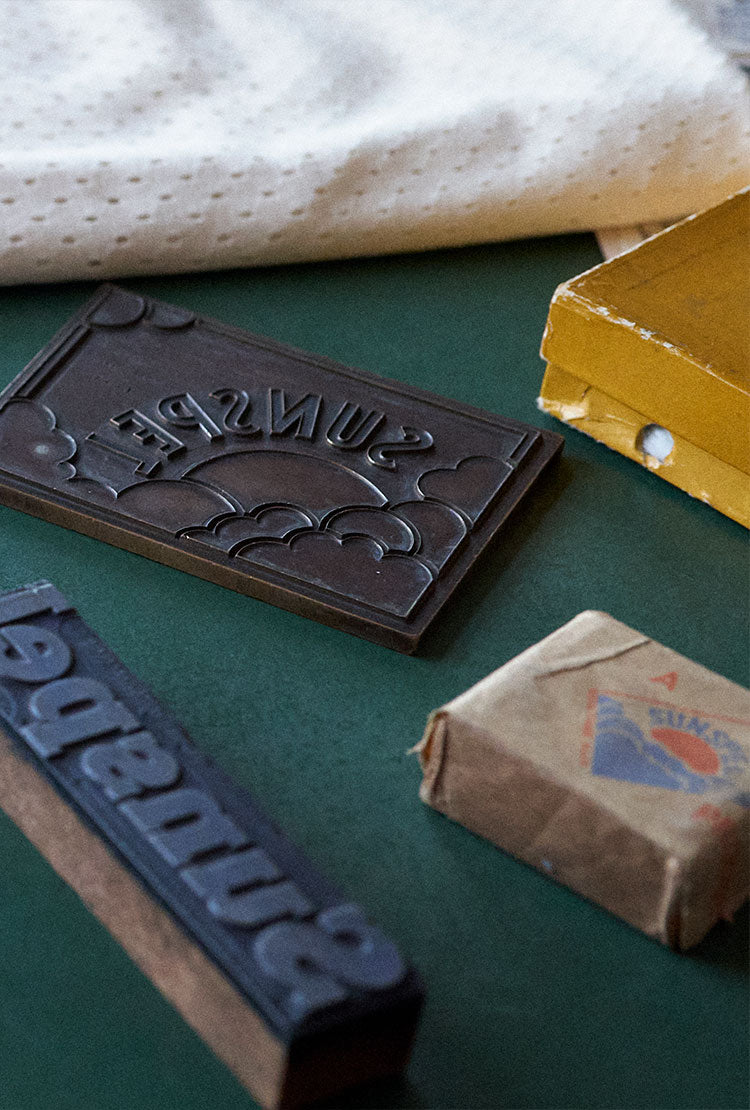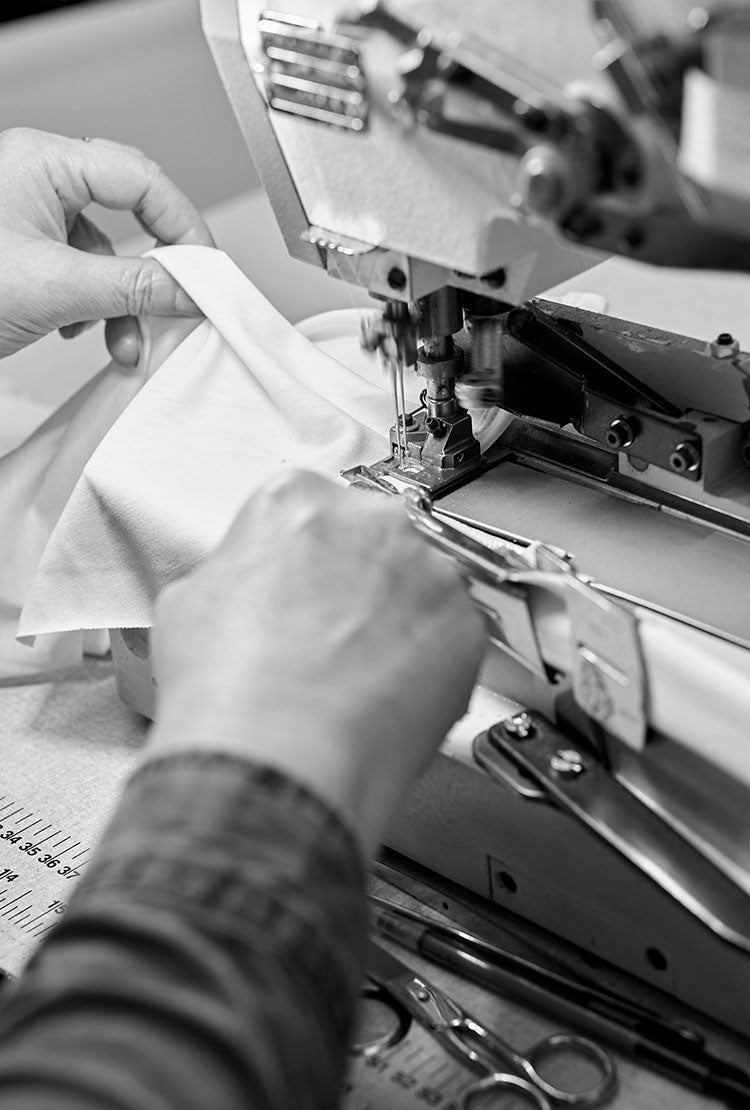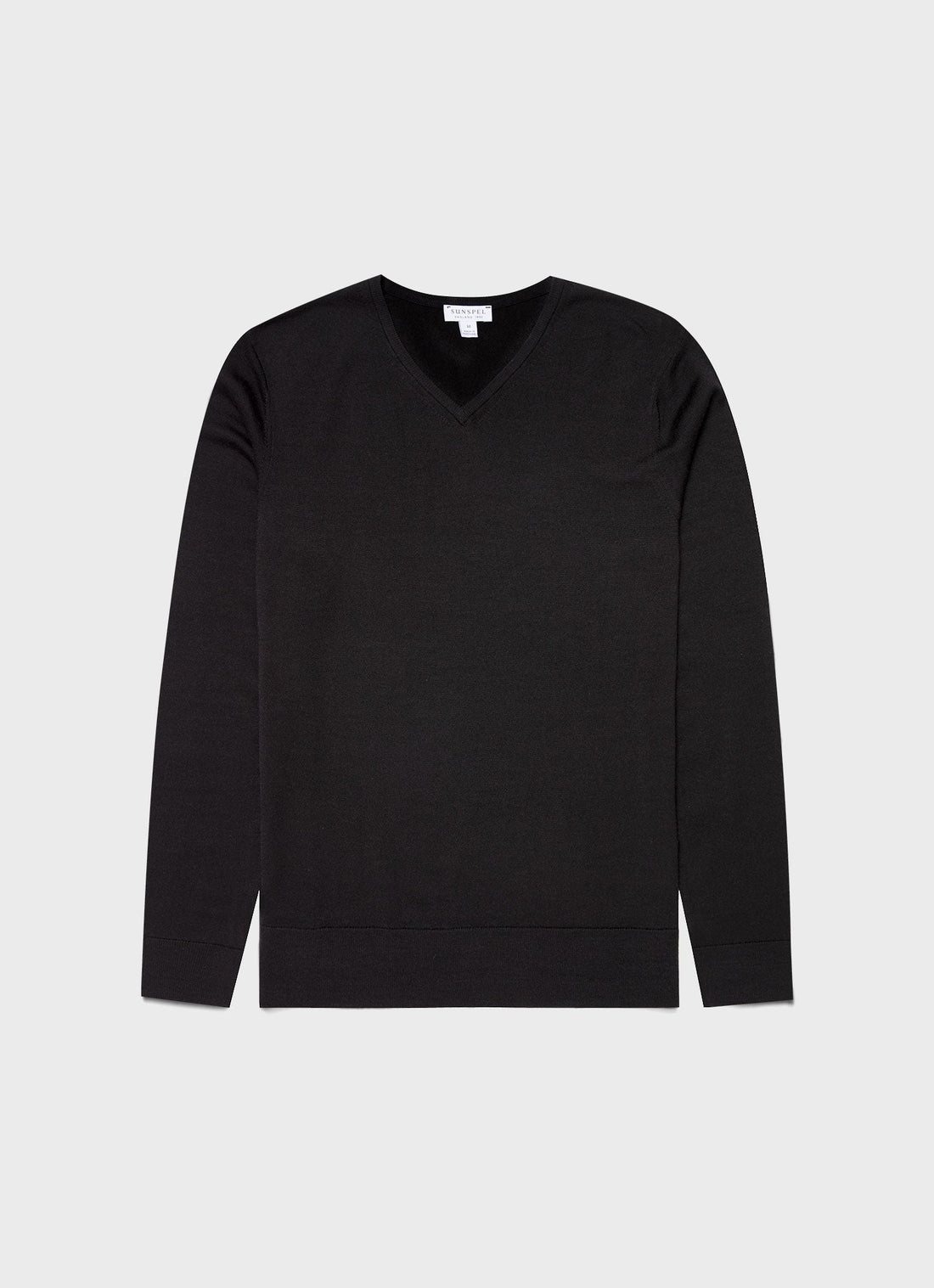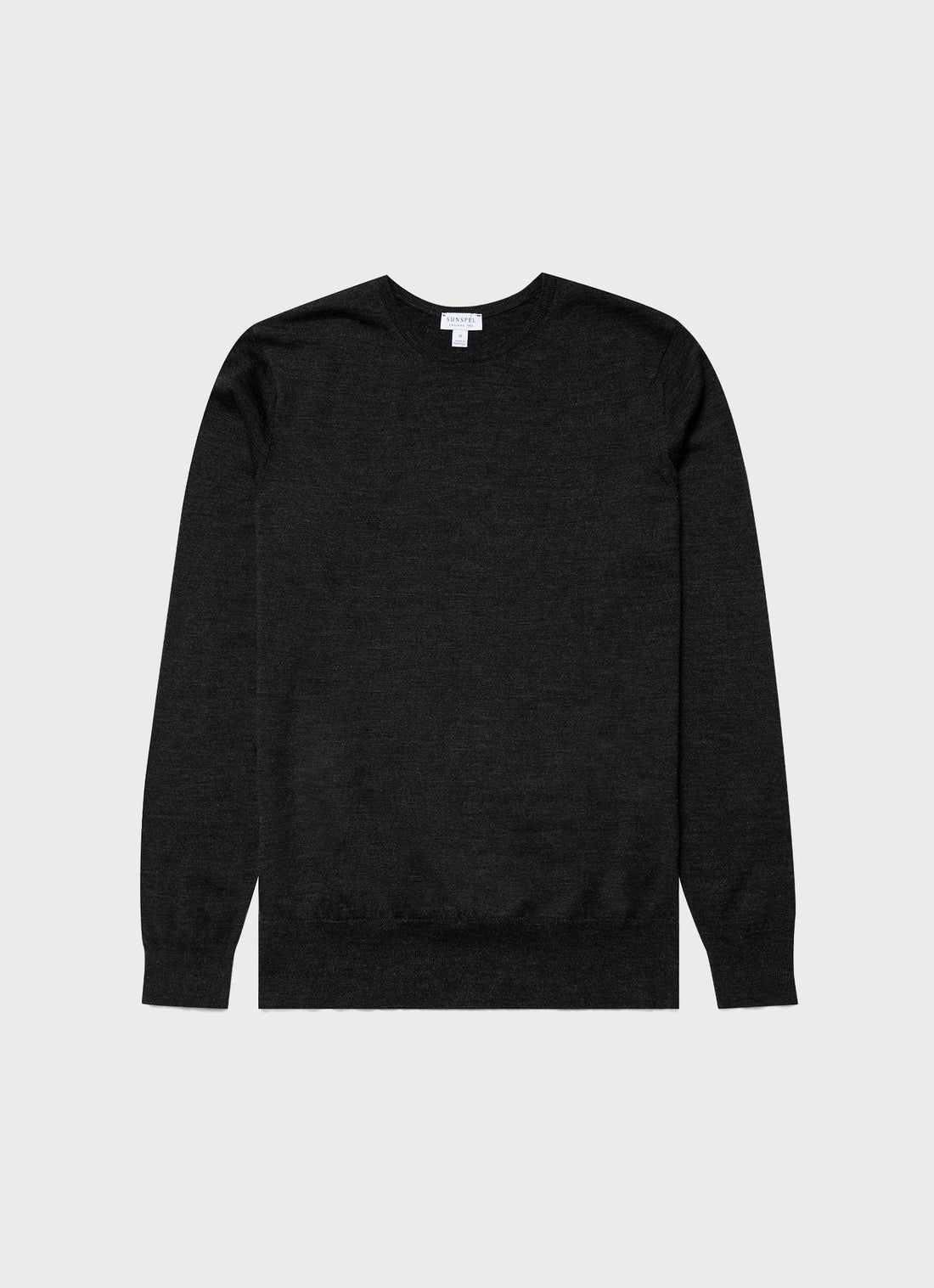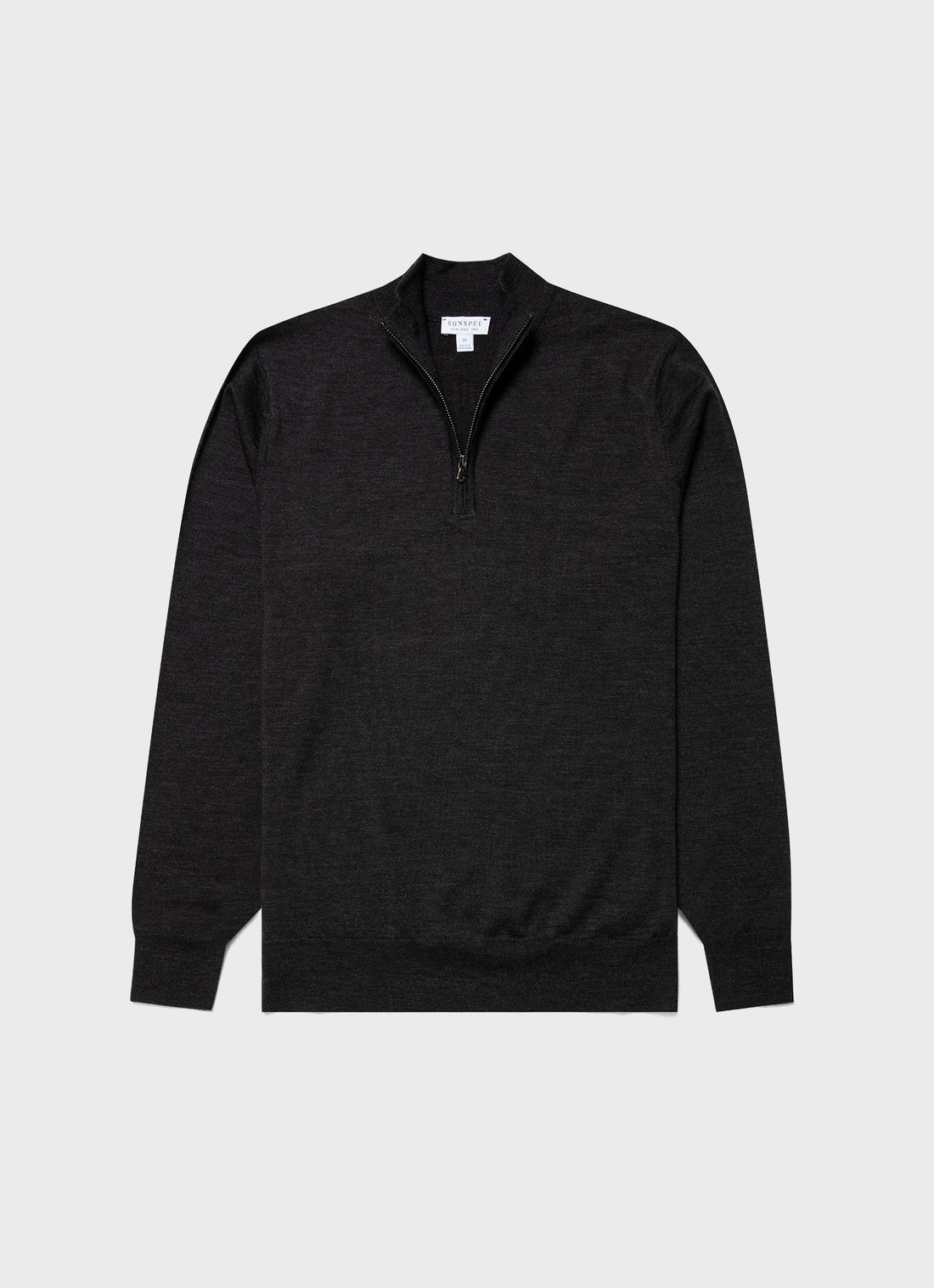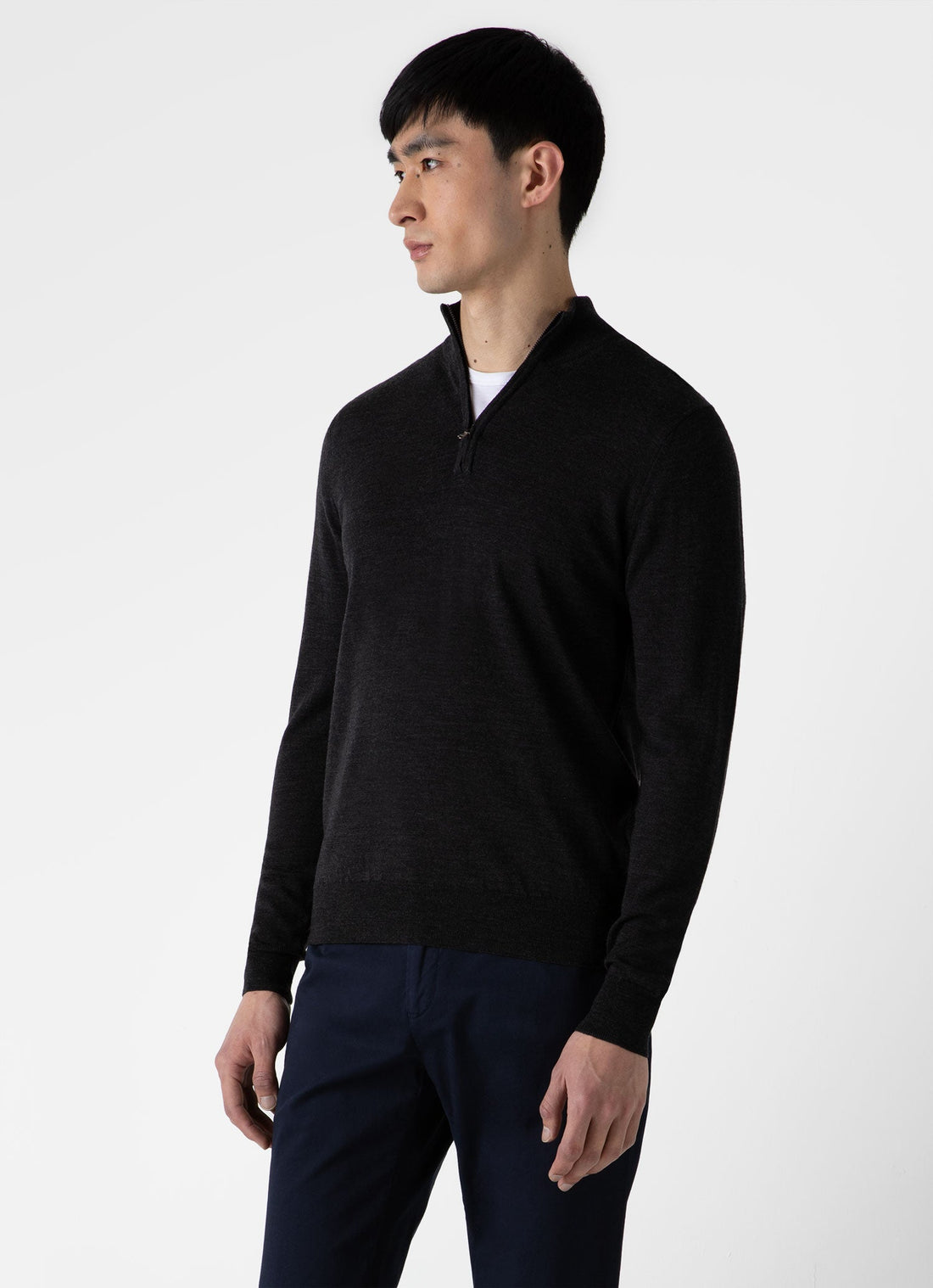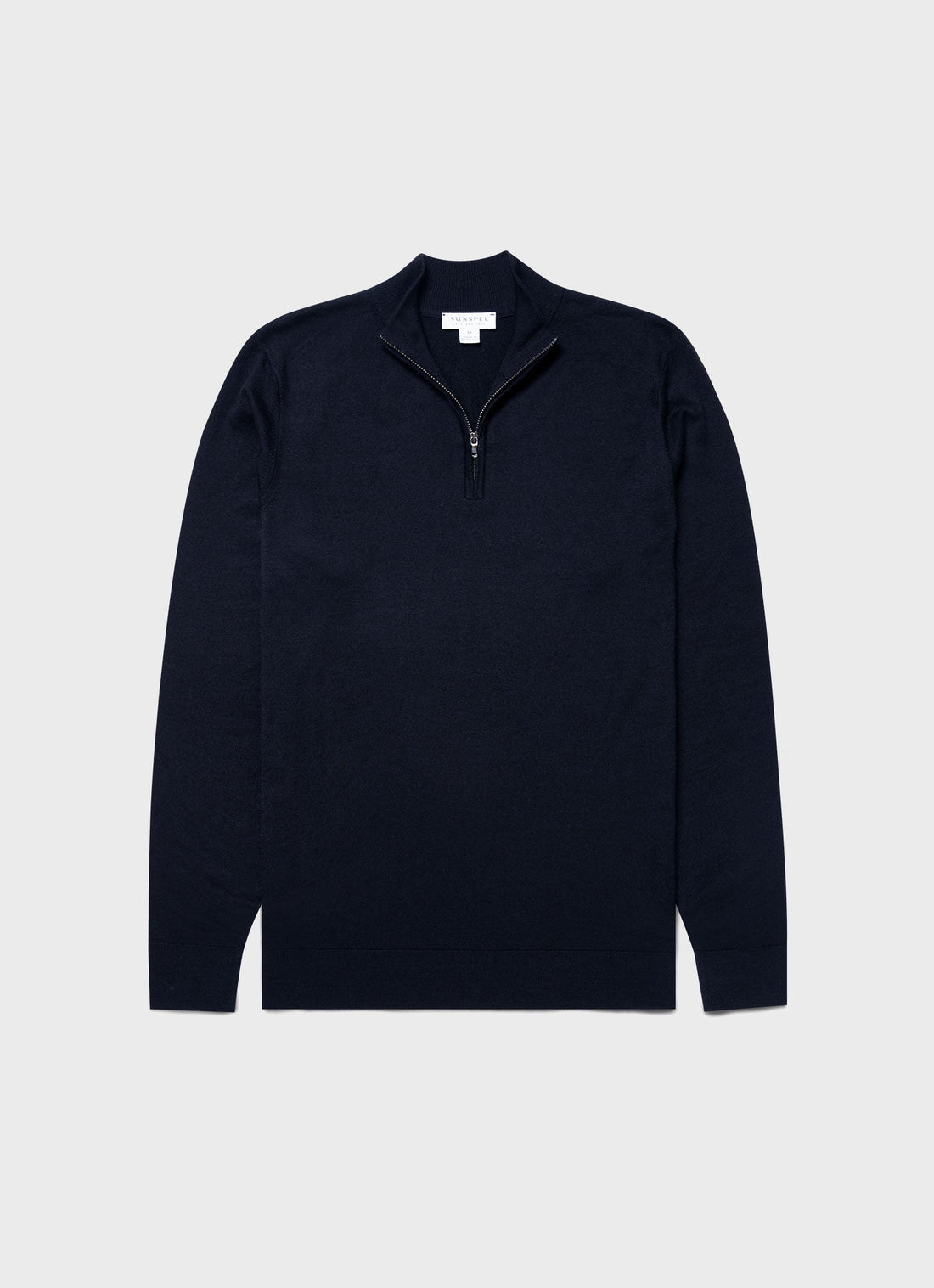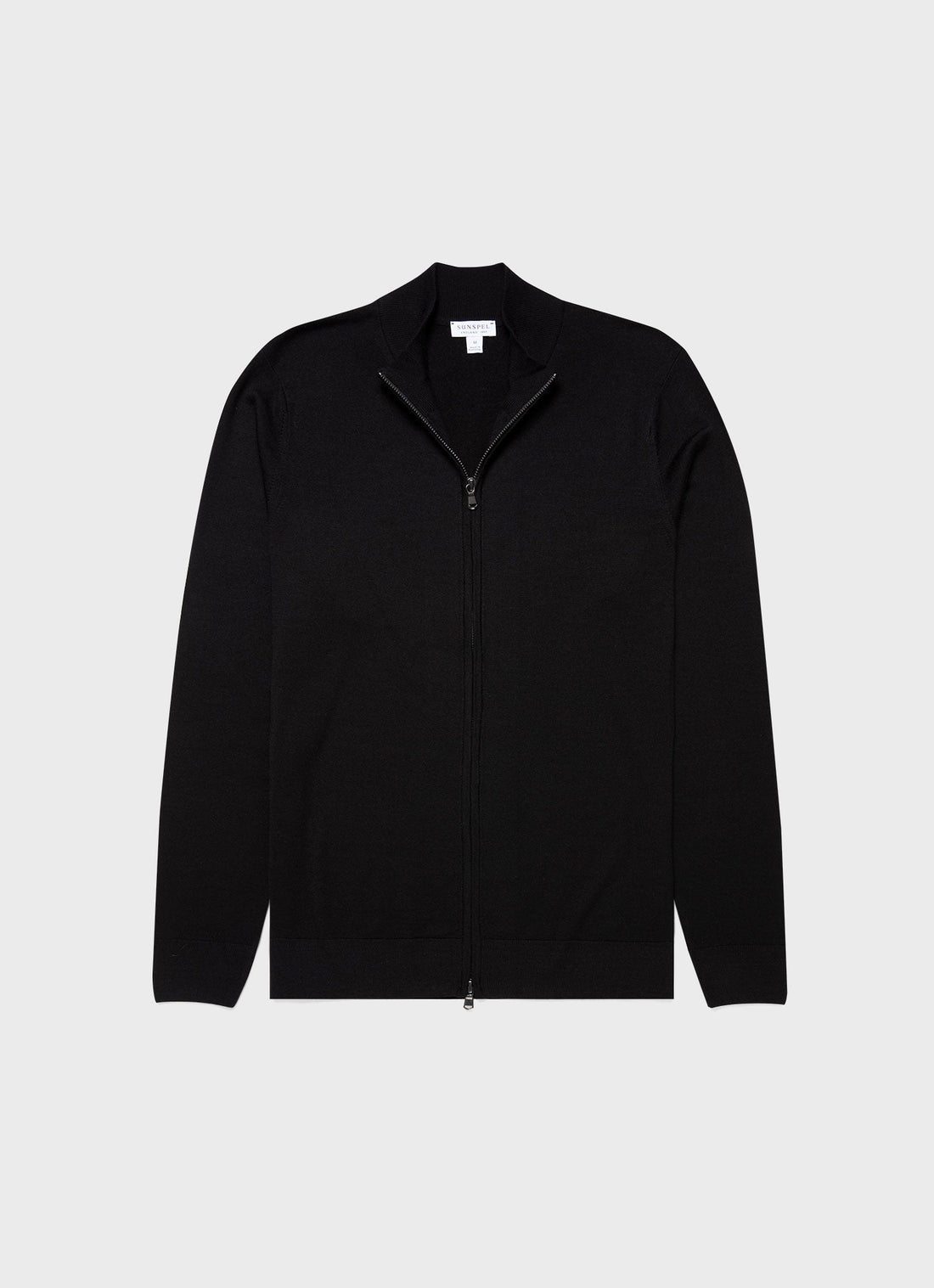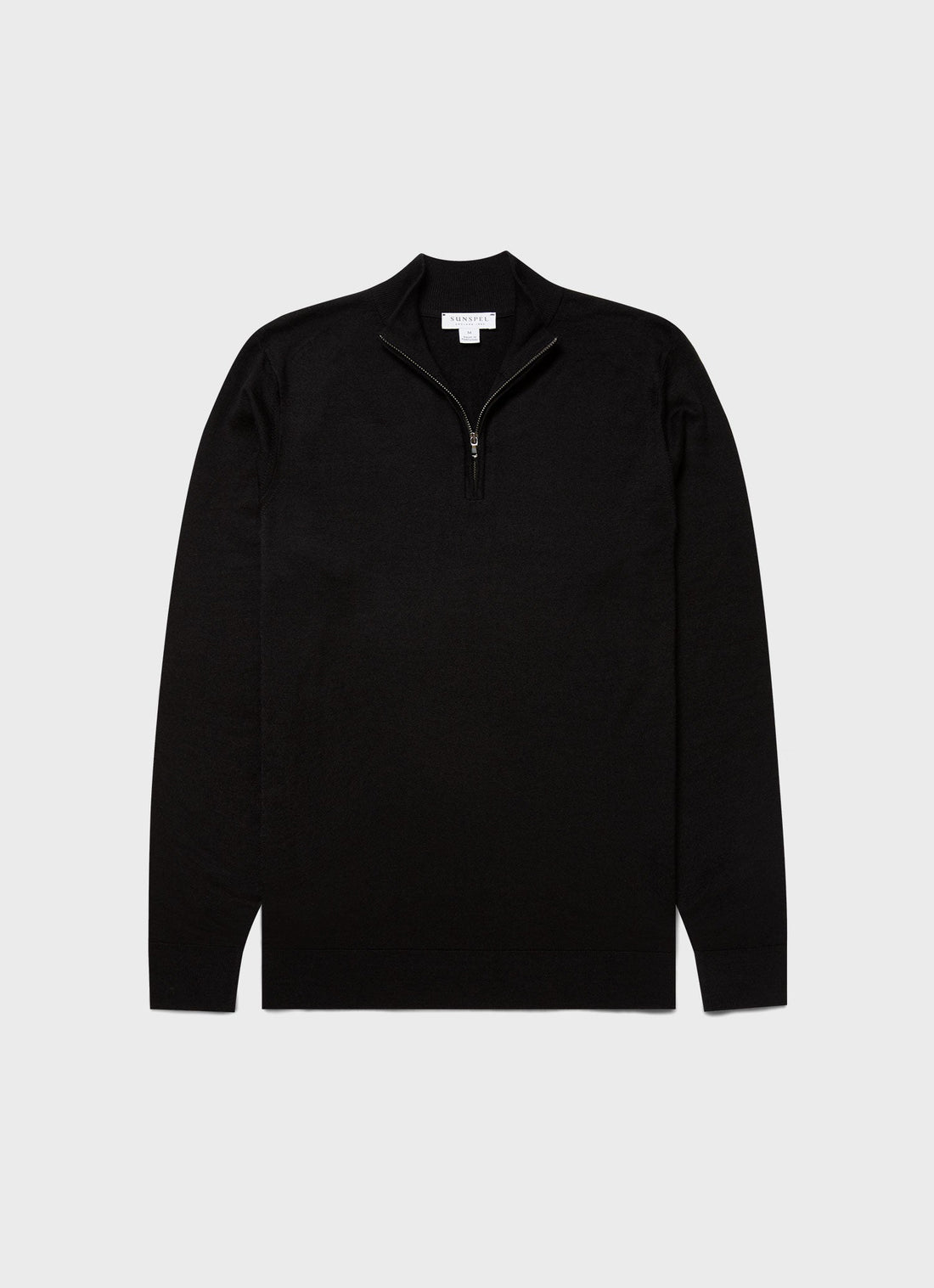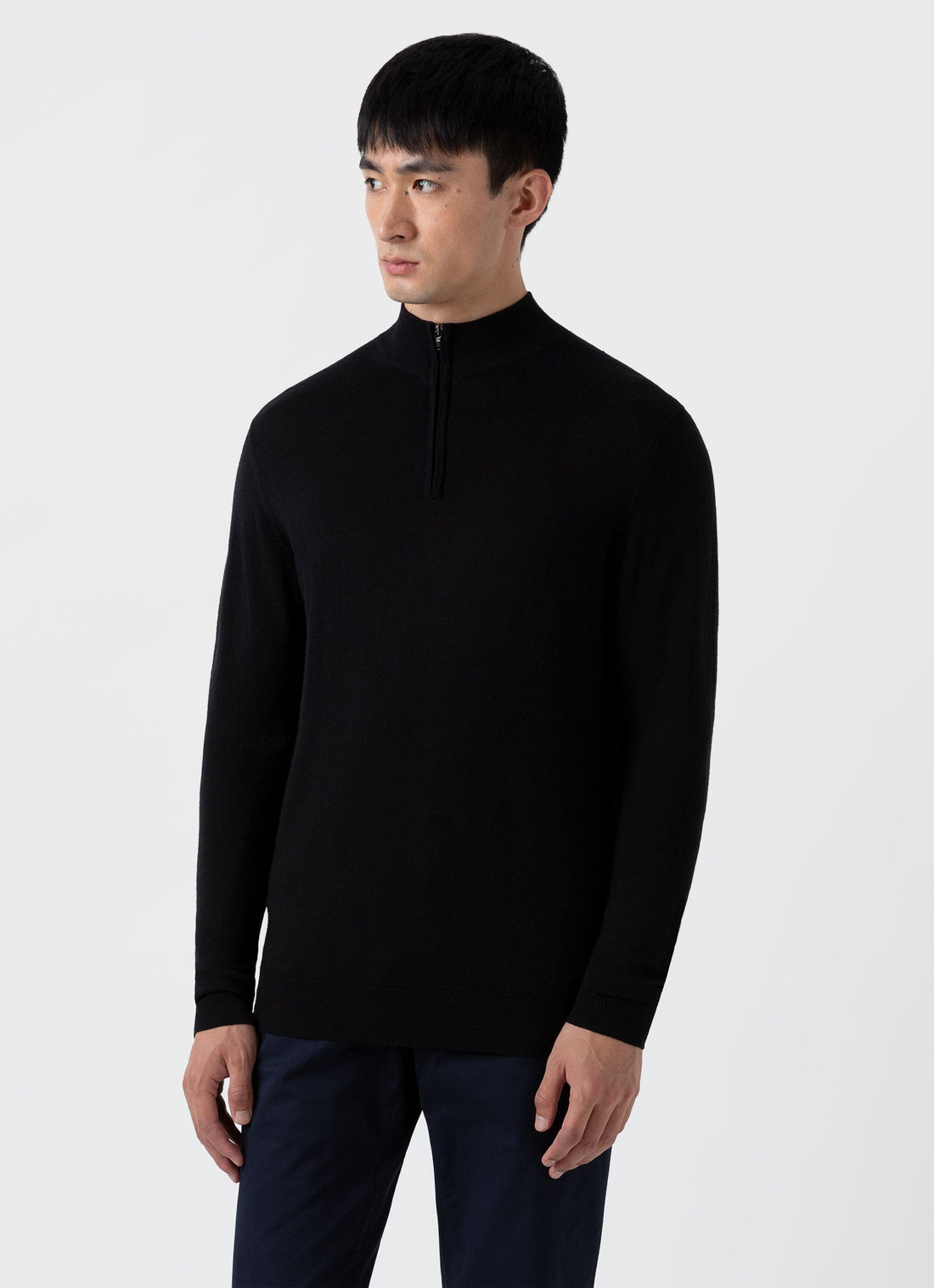Merino Wool Care Guide
Merino wool is a smooth, fine, luxury wool. In order to make your Merino garments last a long time it’s important to take good care of them. Here are a few tips on how to do that.

What is Merino Wool?
Merino wool is a type of wool that comes from the Merino breed of sheep. The Merino sheep has been prized for its fleece for centuries and over the last 700 years has been carefully bred to get the fine and soft wool it has today. As well as feeling beautiful against the skin, Merino wool is naturally breathable: its fibres wick moisture away from the body and help to regulate temperature so that the wearer feels comfortable in cool or warm weather.
Sunspel’s luxuriously soft yarn is sourced from an Italian supplier that only uses wool from ethically-farmed, non-mulesed sheep. The yarn is knitted by a specialist manufacturer in Portugal using traditional British Bentley frame machines for an exceptionally clean knit that minimises wastage.
Merino is an environmentally-friendly material: the wool’s natural fibres will quickly biodegrade in soil or landfill, releasing their nutrients back into the earth. However, good quality merino clothes are also very durable and taking care of your garments will ensure they last, keeping their shape and feel for years to come.
How to wash and dry merino
It’s better both for the garment and the environment to wash your Merino wool only occasionally. When you do, remember to check the care label as each piece may vary.
- Always wash your Merino wool by hand.
- Start by turning it inside out as this will help preserve the outside colour.
- Fill a sink or large bowl with cool water. Make sure you clean the bowl beforehand so there is no leftover residue. Add a splash of specialist wool detergent (don’t use softeners, bleach or Bio detergents), dissolve it in the water and submerge the garment.
- Gently rinse in the water before removing.
- Our Merino wool can be dry-cleaned if stubborn stains cannot be removed.
- To dry, gently squeeze out any excess water.
- Lay it flat on a bath towel, roll up the towel and press on it - avoid wringing or twisting as this may misshape it.
- Then lay it out flat on a rack to dry fully, removing any folds or creases where possible.
- Do not: tumble dry; hang on a line as it may become stretched; or dry it in direct sunlight or near heat as it may cause shrinking.
Ironing
Merino should not need to be ironed as it is naturally wrinkle-resistant. If it is unavoidable, use the iron’s wool setting and gently steam it before lightly pressing.
Removing Pilling
Pilling is when the wool forms bobbles in areas subjected to friction. It is not a sign of bad quality but a result of the long wool fibres that make the knit. Merino is naturally more resistant to pilling than other wools but if it does occur you can remove them easily by hand. It is important to avoid de-pilling precious pieces too often as this will thin the fabric over time.
How to store merino
Store your knitwear folded and avoid hanging it for long periods as this may stretch it. Make sure they are clean and dry when you put them away too as moisture will encourage moths. For long-term storage, use an airtight plastic bag or container and only ever use natural moth repellents. Lavender, rosemary or cedar have a nicer odour than traditional mothballs.









